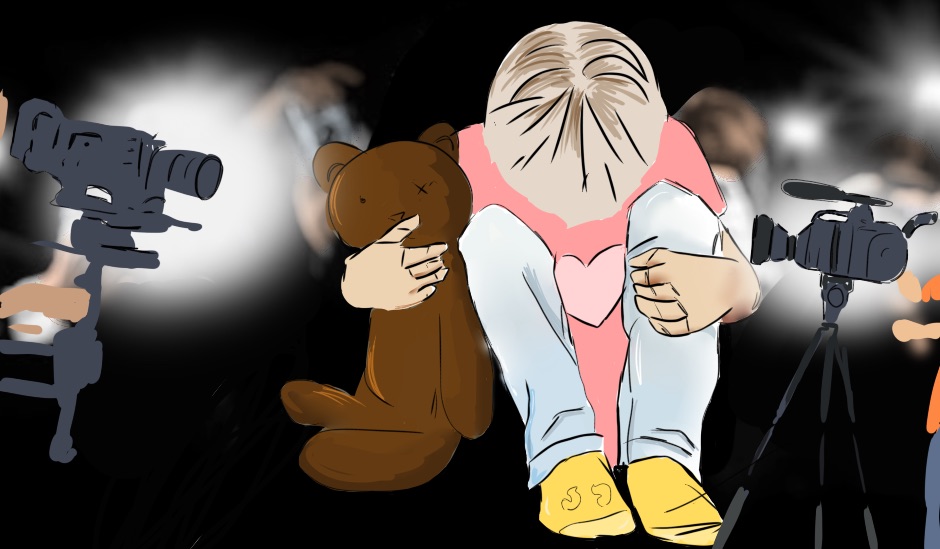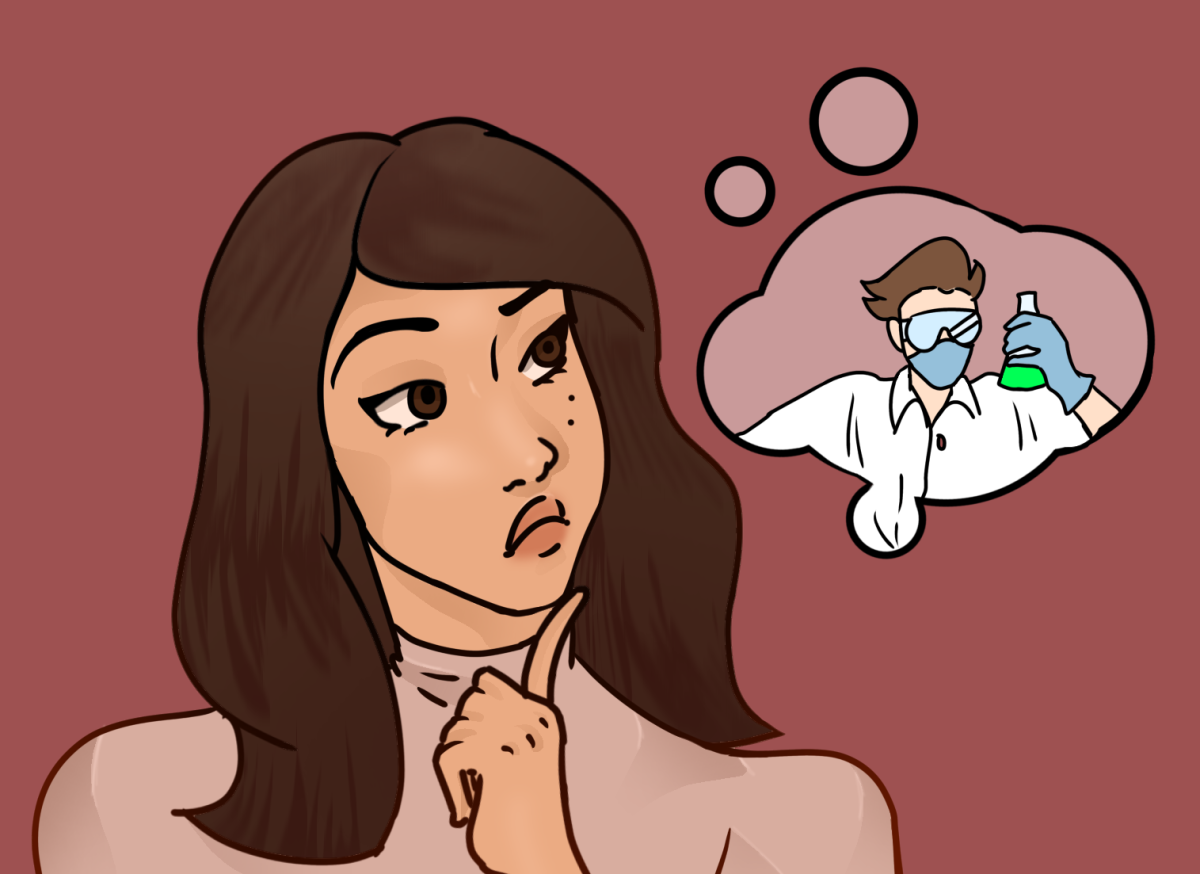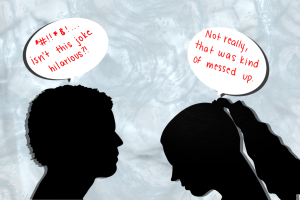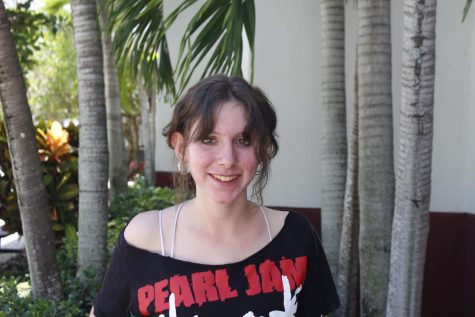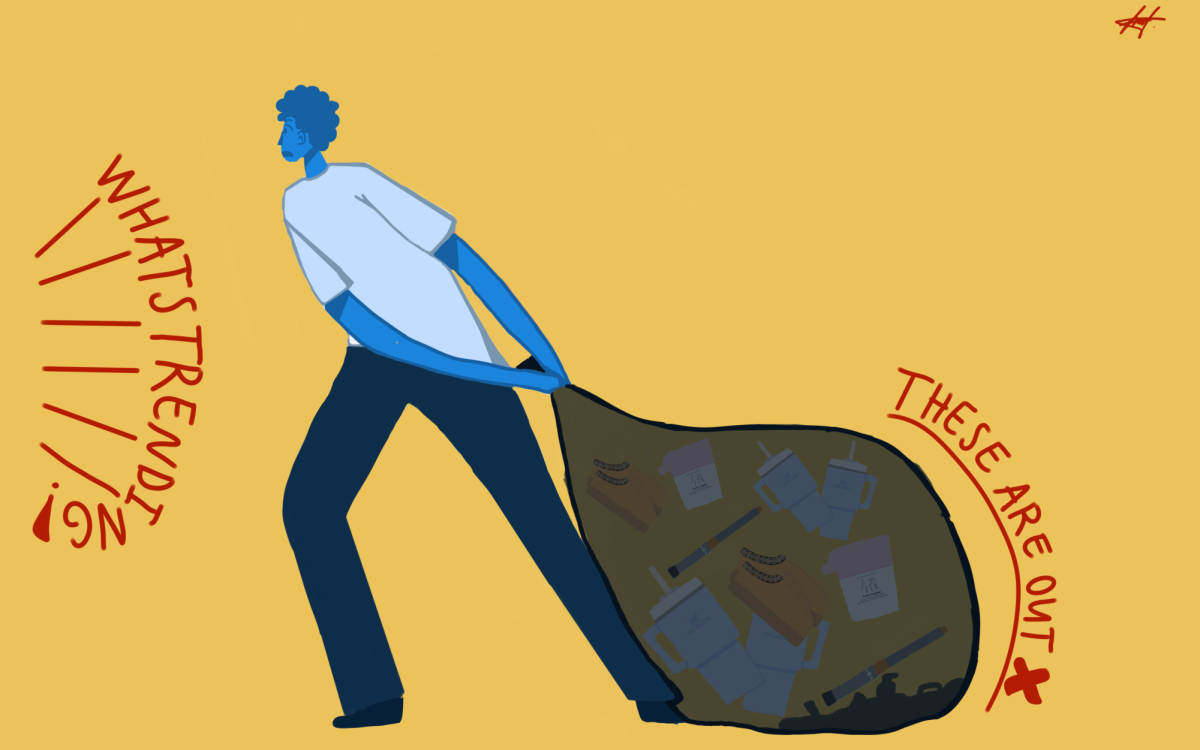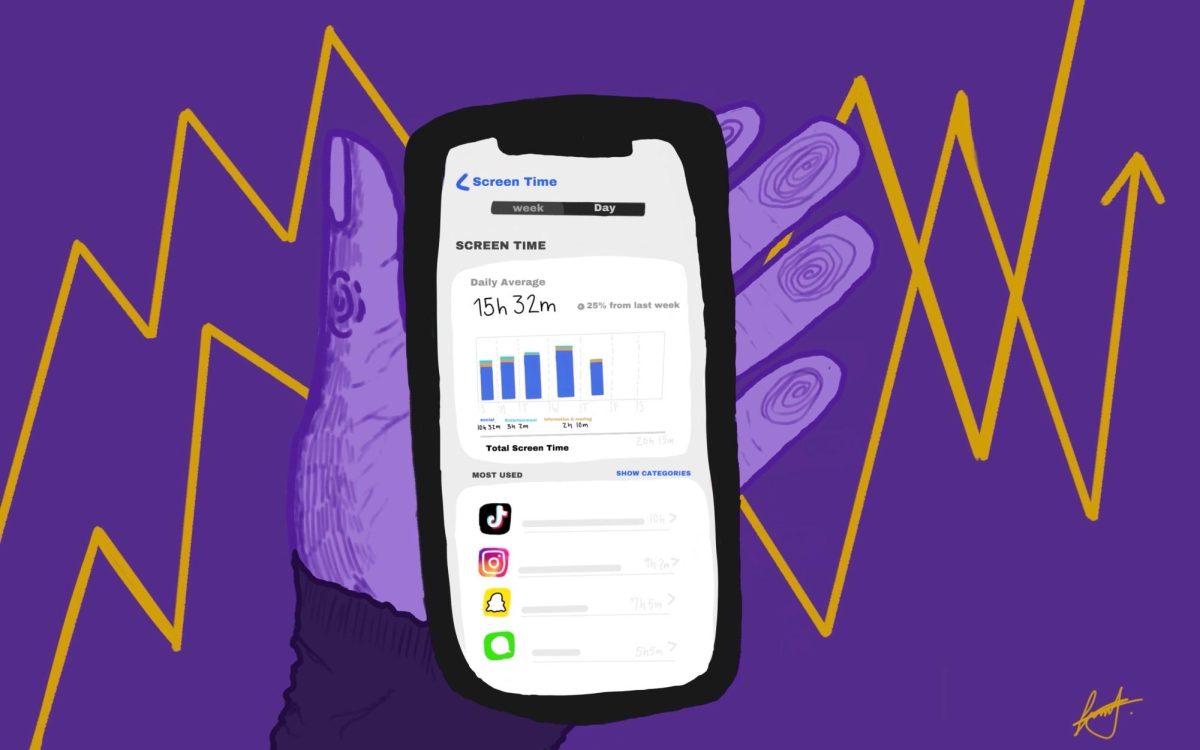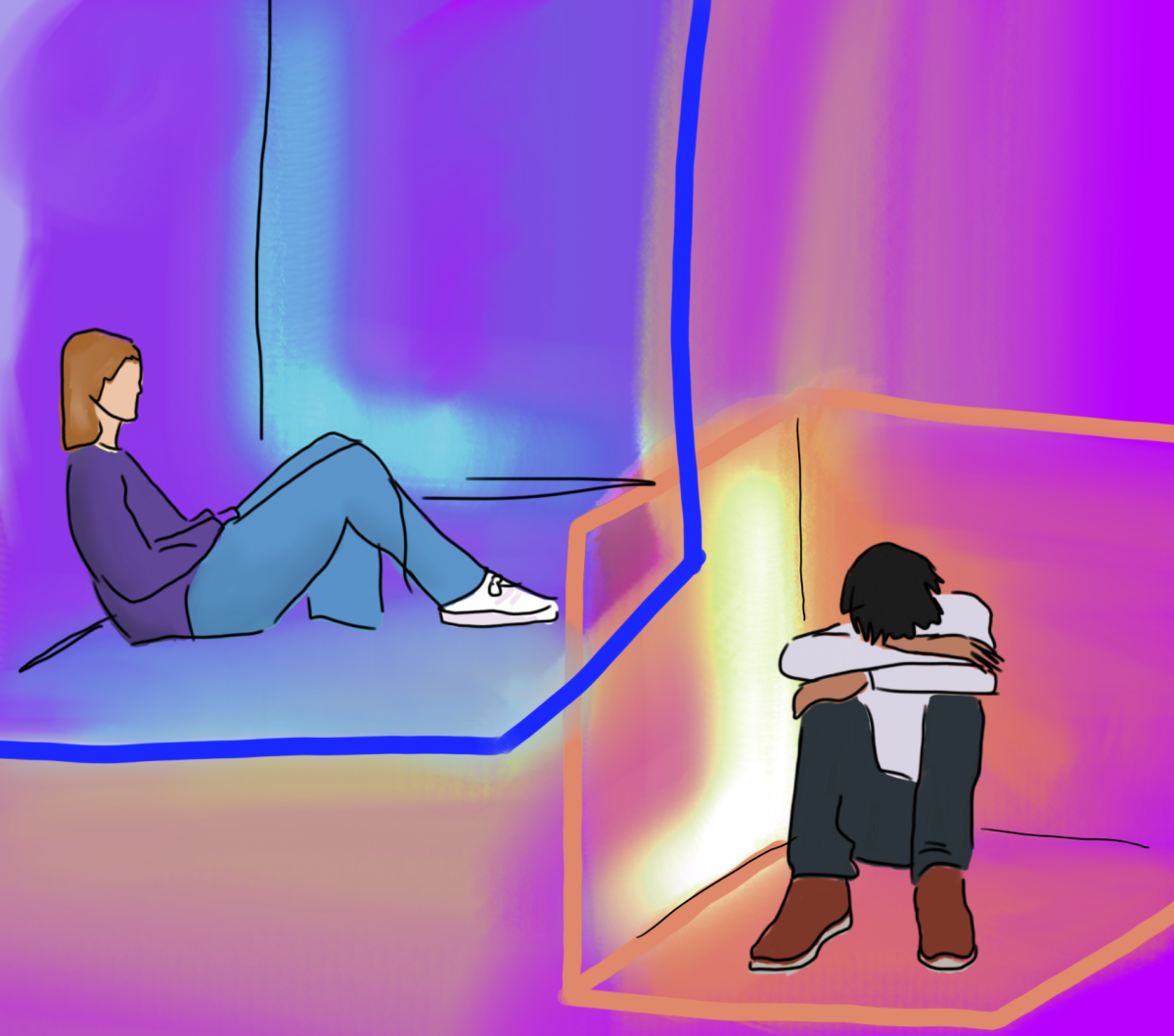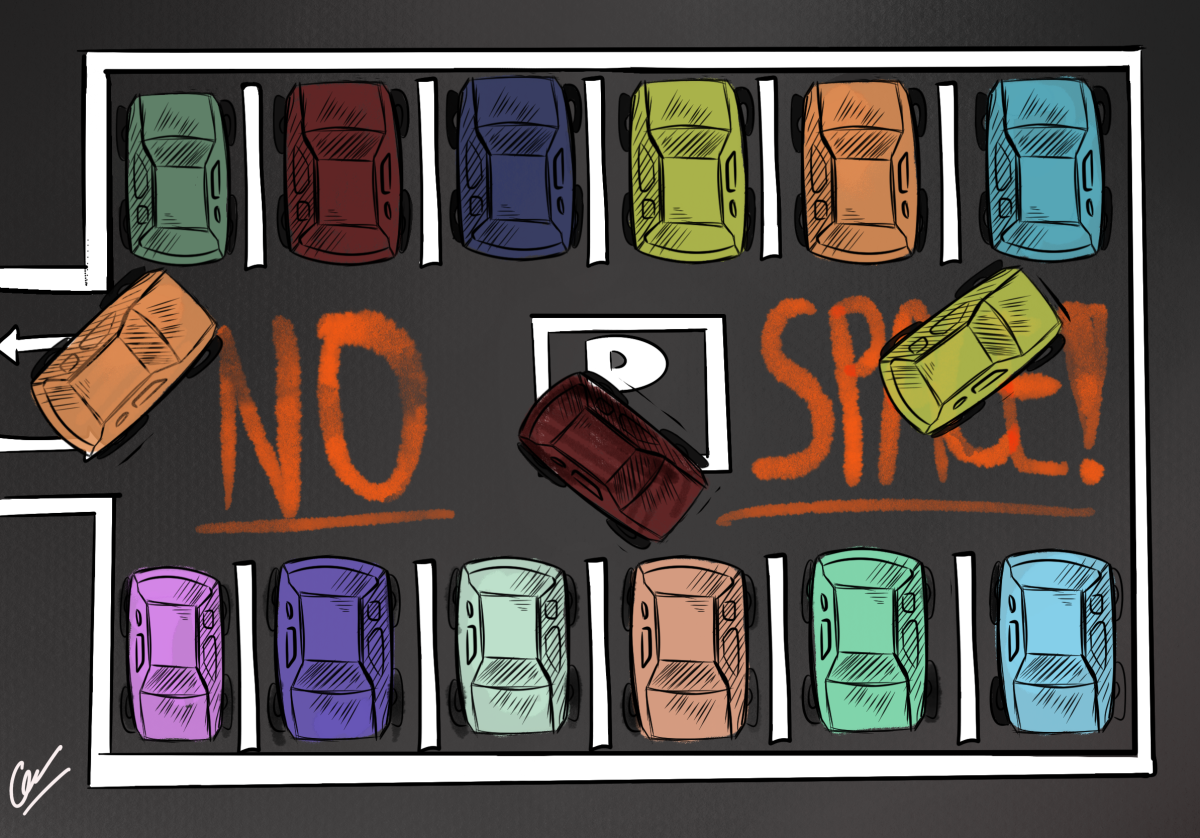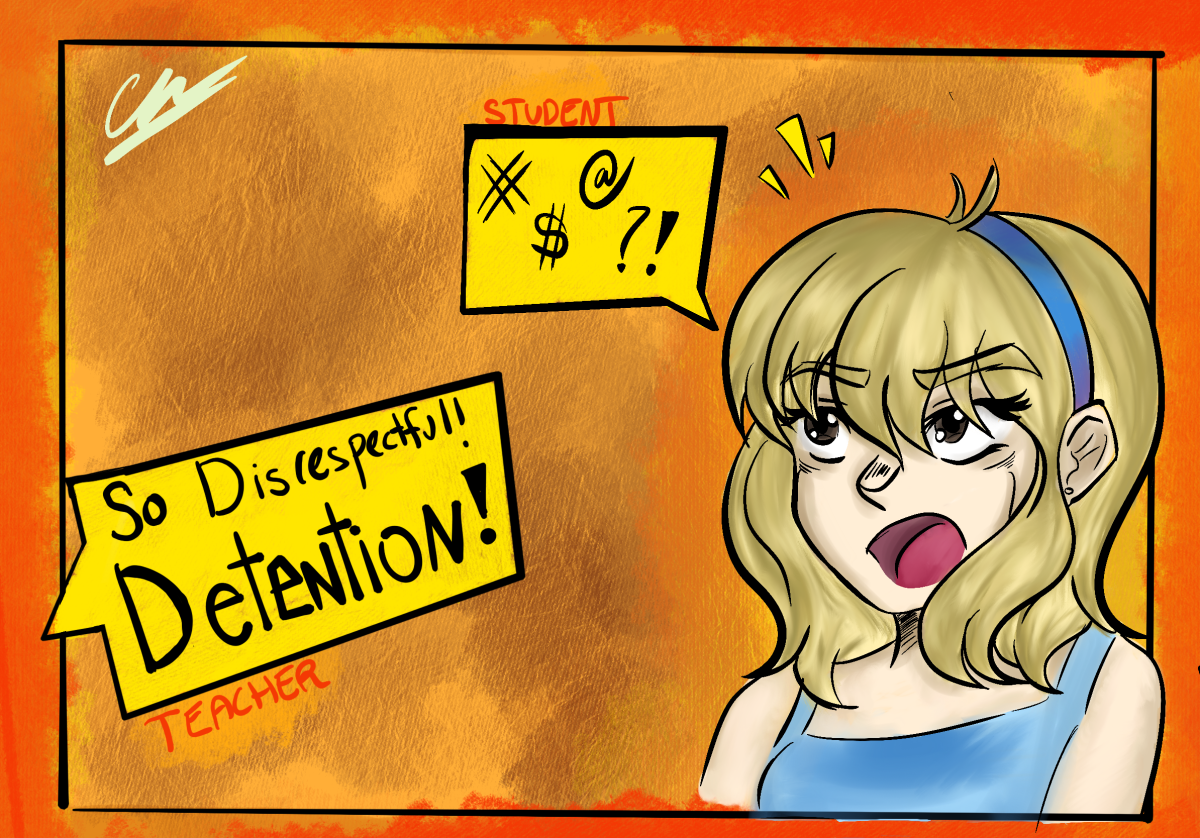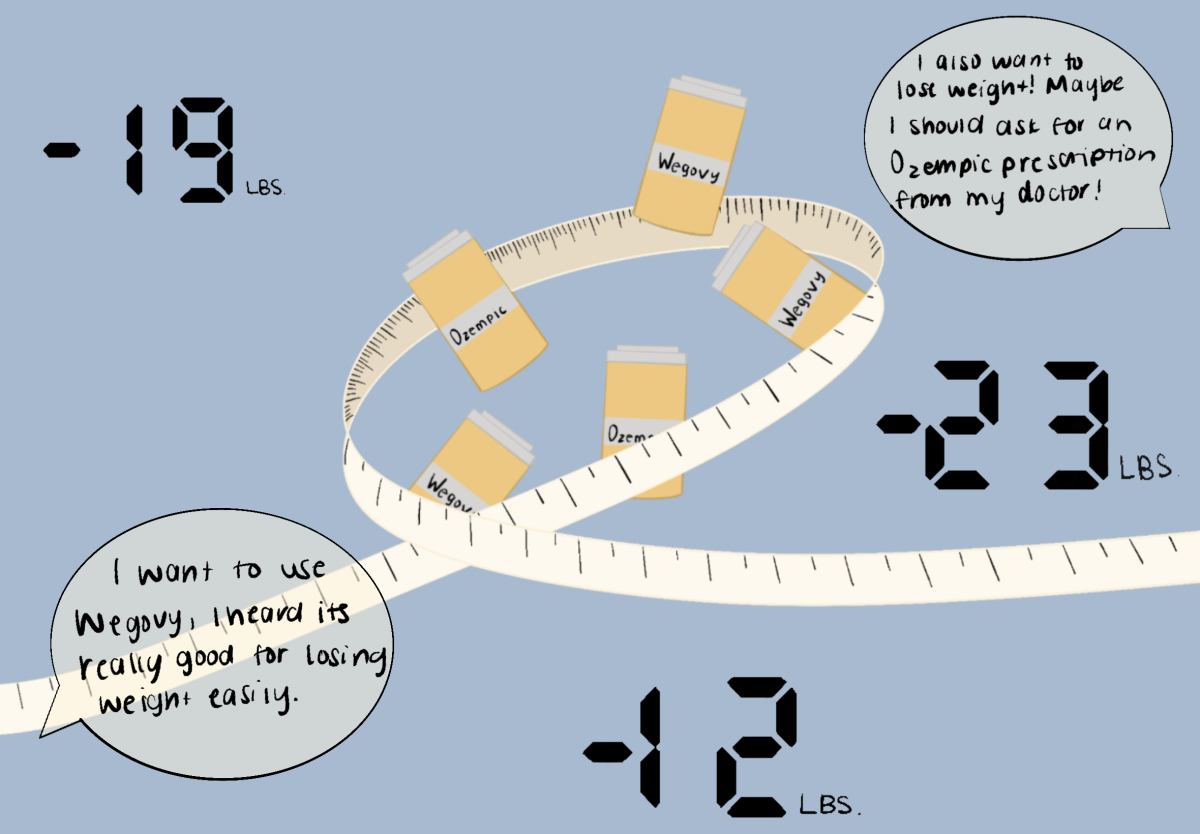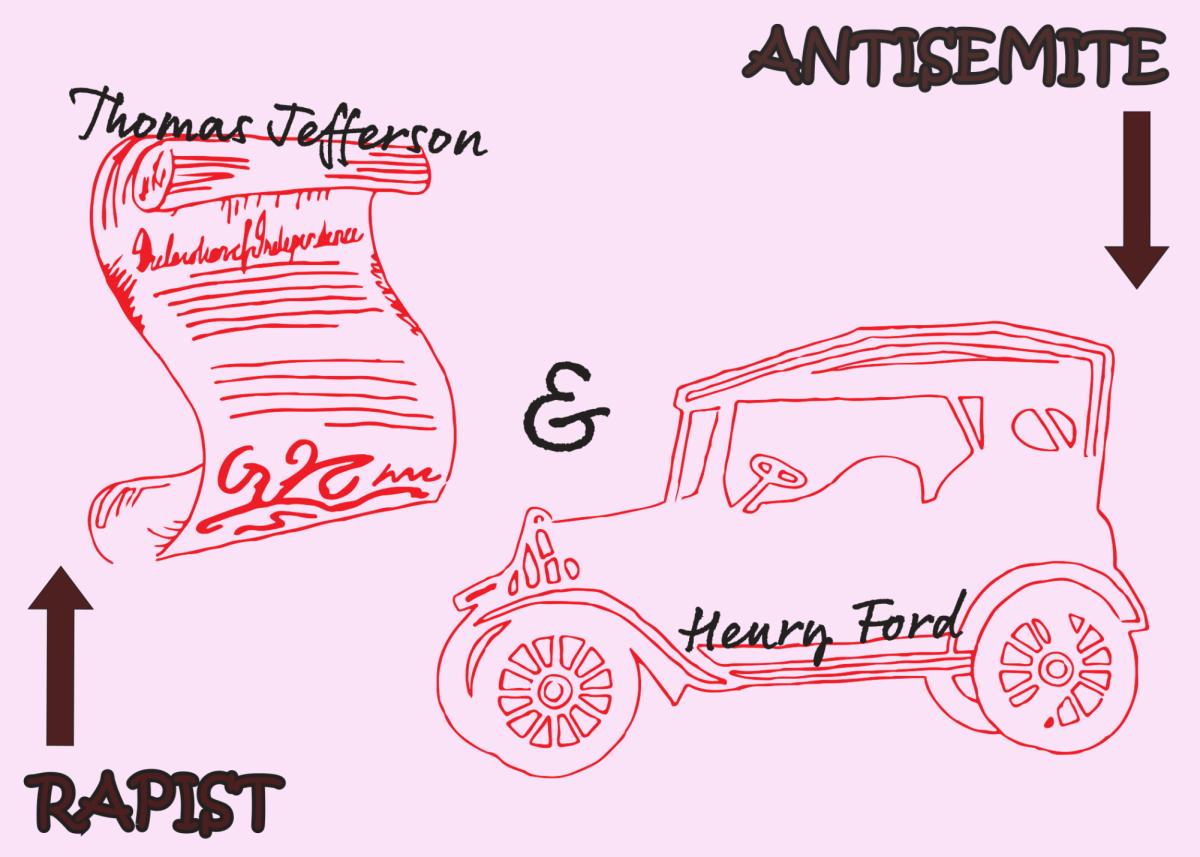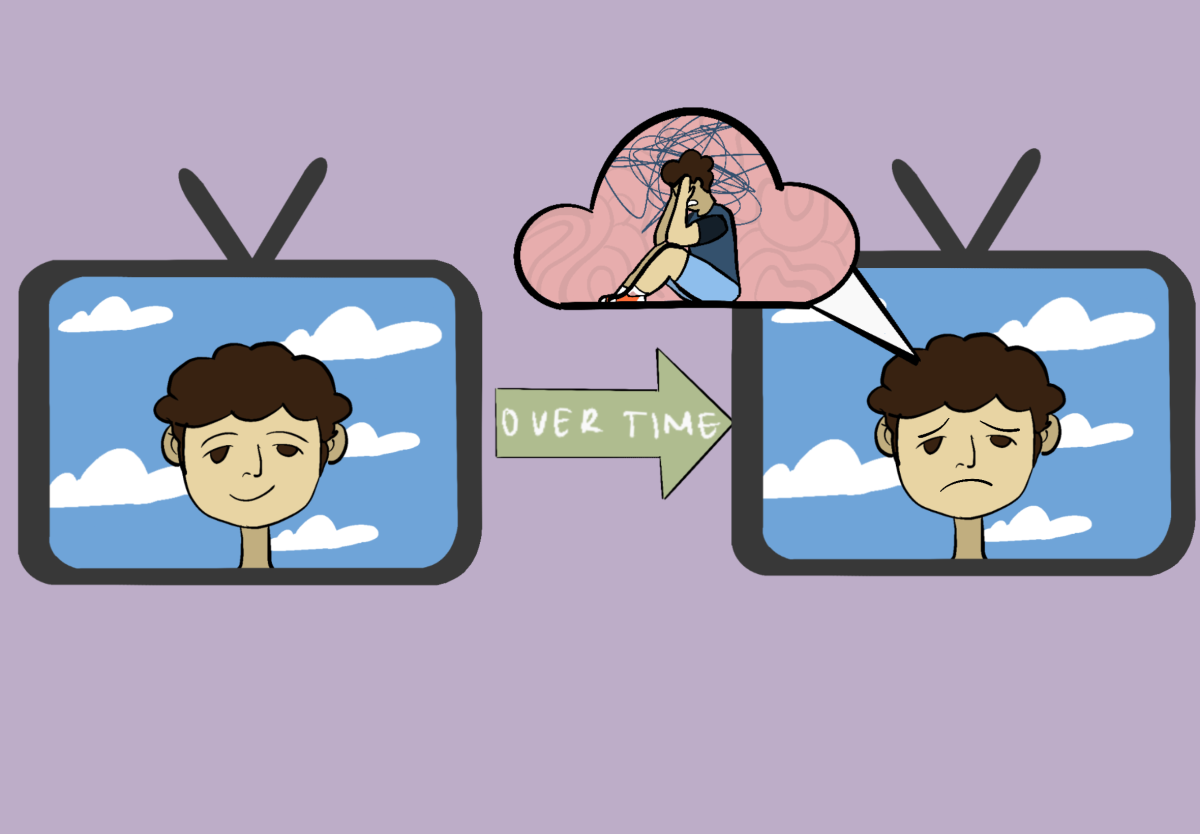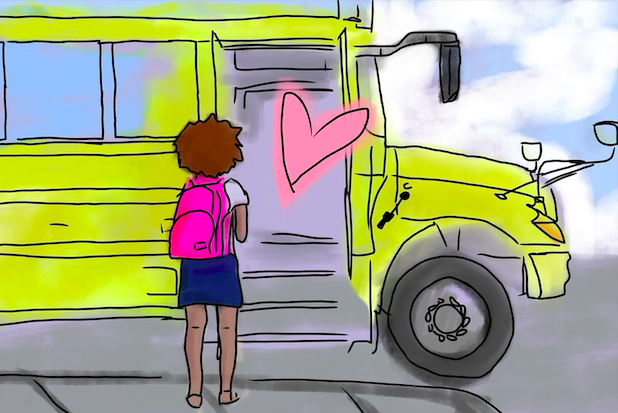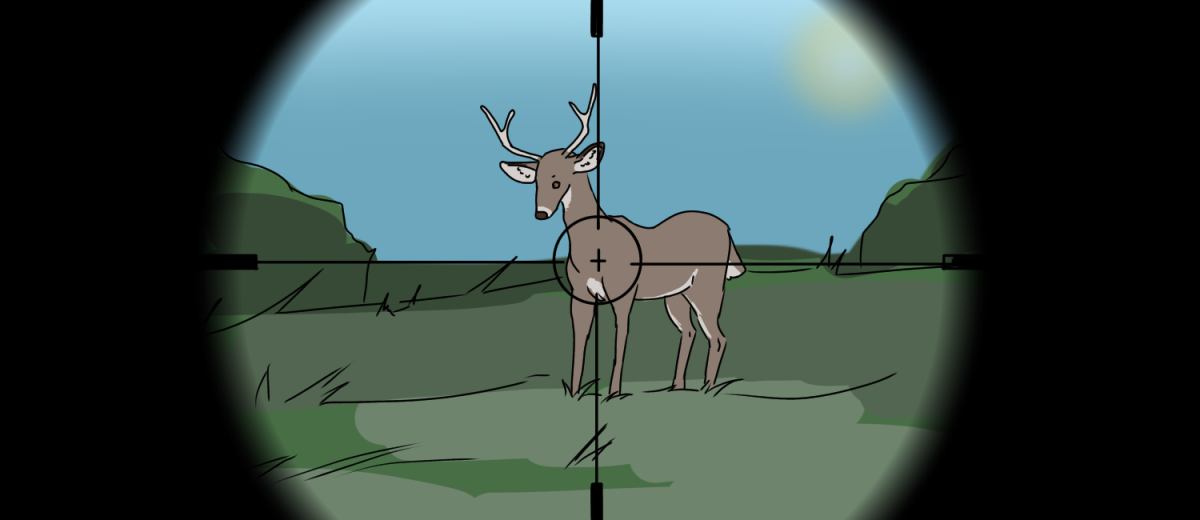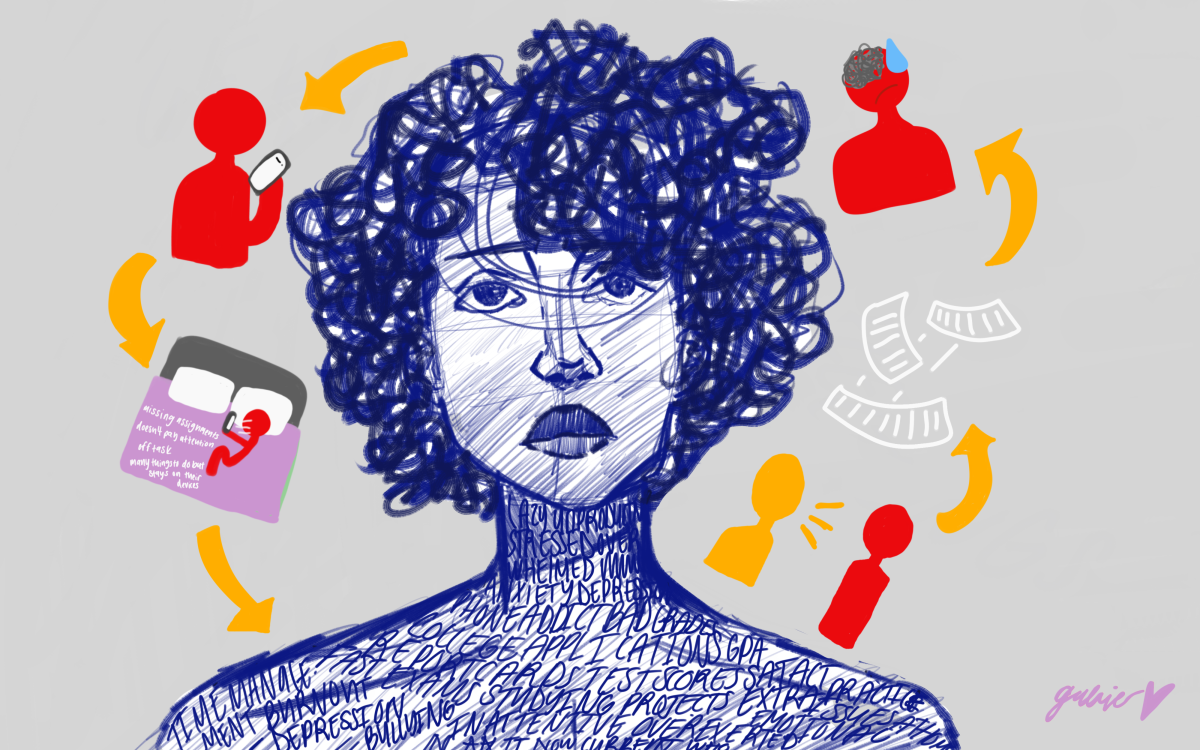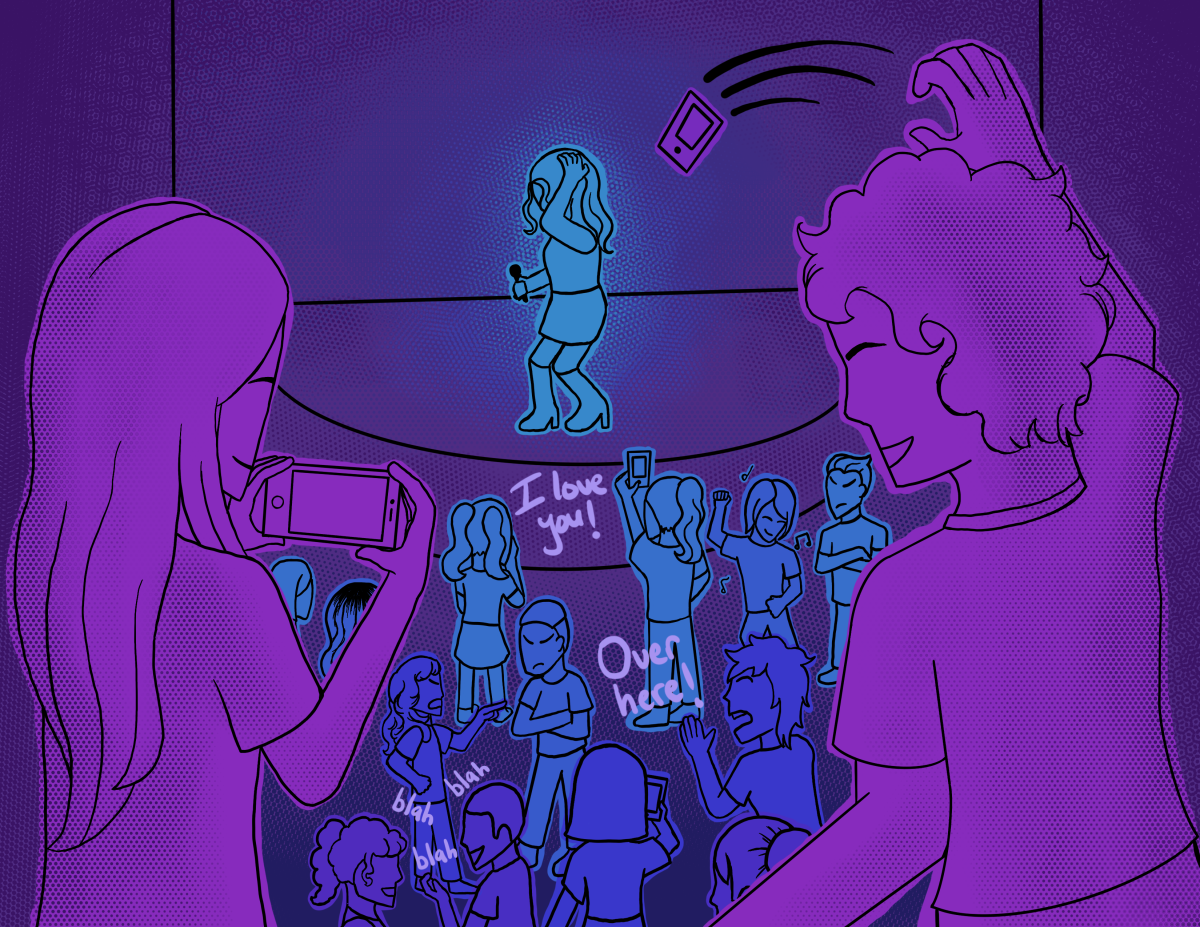Missing and murdered indigenous women is an epidemic so large it has been given an acronym: MMIW. However, it utterly lacks the awareness it needs and deserves. The crisis has even inspired a movement that stands for all of the indigenous women whose voices are not heard, the silence of the media and law enforcement in covering and investigating the issue and the overall oppression of native women.
It is more likely that indigenous women go missing or are murdered than any other ethnicity in the U.S., yet this fact is practically unknown. In 2021, the FBI’s National Crime Information Center reported 5,203 indigenous women and girls as missing, a number both shockingly high and extremely disappointing. This one number makes it crystal clear that MMIW is a problem deserving of attention, especially given the fact that only about 1.1% of the U.S. population was indigenous in 2020, according to the U.S. Census Bureau.
The Bureau of Indian Affairs even estimates that the rates of violence on reservations can be up to 10 times the national average. Murder has proven to be the third leading cause of death for indigenous women, often perpetrated by non-native individuals. Therefore, native women are quite literally subject to violence everywhere, including on their own tribe’s reservations, where they are supposed to be safe and protected.
Despite the seeming abundance of data, it is also important to note that the true number of MMIW cases is almost impossible to estimate and is likely much more than those that are reported. According to the Bureau of Indian Affairs, “11 researchers have found that [indigenous] women are often misclassified as Hispanic or Asian or other racial categories on missing-person forms and that thousands have been left off as federal missing-persons.” Given this information, it is clear that MMIW is an enormous issue and the general public’s ignorance of it plays a large role in why it perseveres today.
One reason for cases going unreported by the indigenous community is because of federal policies, namely the Indian Relocation Act. This condemnable act significantly reduced the number of tribes recognized by the federal government and terminated federal funding for schools, hospitals and basic services on reservations. This made it unnecessarily difficult for families to continue living on reservations and compelled most to leave them for urban areas, where many still reside today. In fact, in 2021, the Urban Indian Health Commission found that 2.8 million Alaska Natives and American Indians live in or near an urban area.
Indigenous peoples’ lifestyles therefore consist heavily of traveling between their reservation and the urban area in which they live. This causes a lot of complicated jurisdictional, interagency communications and reporting issues, as reservations are tribal land—reserved for tribes by the federal government—while urban areas are state land. This often leads to confusion as to which of the three law enforcement agencies—tribal, state or federal—are responsible for pursuing an investigation and prosecuting the culprit, something that depends on the type of crime, where the crime occurred and who the crime was committed by.
As a result of this, reporting a crime becomes an absurdly lengthy and convoluted process, contaminated by jurisdictional politics, that dissuades people from ever reporting, pursuing and investigating cases. All of this facilitates the widespread silence that surrounds the MMIW issue, something that desperately needs to change. However, the silence is only reinforced instead, by law enforcement’s consistently negligent treatment of their cases. This entire situation is exemplary of precisely what should not be happening. After all, you would think that because of the proven severity of the MMIW issue, law enforcement would exercise greater precaution and care when investigating, however it is exactly the opposite that is occurring.
This lack of follow through is evidenced by the consequences of the disproportionately large jurisdictional gap that exists between tribal, state and federal law enforcement agencies. The gap results in valuable evidence being lost, with the slow response times it creates leading to the degradation and eventual disappearance of vital evidence.
Consequently, a lot of the cases turn cold as investigators hit dead ends that could undoubtedly be avoided, making them hesitant to take on similar cases in the future. As stated by a 2017 Department of Justice report, federal attorneys chose not to prosecute 37% of MMIW cases, with the reason for 70% of the refusals being for this very thing, lack of evidence.
Law enforcement’s insufficiency in following through with their MMIW investigations can also be attributed to the negative and degrading stereotypes many associate with indigenous people. A study by the Washington State Patrol found that, “Law enforcement agencies will not take the report because of reputation of drug/alcohol issues, criminal history or mental health.” These stereotypes are disgusting and only get in the way of resolving the MMIW crisis, as they allow for people to dismiss the issue and place the blame on indigenous women, who are the victims and in no way at fault.
As a result of these derogatory stereotypes, it is often assumed that indigenous women simply ran away or will reappear again in a few days, which leaves their cases unprioritized and not taken seriously. This appalling treatment of MMIW cases then creates a severe distrust between the indigenous community and law enforcement, especially when you take into consideration the two group’s already spotty history.
Given how prominent an issue MMIW is, awareness is vital. Some states, such as Minnesota and New Mexico, have finally begun to address the crisis by forming task forces committed to dealing with MMIW cases. Then, action has also been taken at the federal level, particularly with President Joe Biden having established a Missing and Murdered Unit within the Bureau of Indian Affairs.
Still, these precautions are not enough. This issue and its accompanying movement require more media coverage and data collection. Currently, no research has been done concerning the rates of violence among native women living in urban areas, which is a necessity in combating the issue as 71% of indigenous people reside in such places. While efforts in addressing the MMIW crisis have been made, there is still a great degree of progress yet to occur in addressing the issue that will prove vital to its resolution.
Such progress at the individual level includes properly educating oneself on MMIW, so that all of its nuances are understood and its magnitude is clear. It involves advocating on behalf of the issue and educating others as well. The worst thing to be is silent, and using one’s voice can go a long way in creating awareness.


